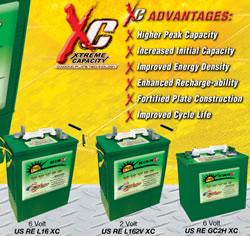Solar panel satellite could beam a THIRD of humanity's power to Earth by 2025, claims former Nasa engineer
A cocktail glass-shaped satellite that could provide a third of the world's required energy by 2025 is being developed by Nasa.
The design was created by Dr John Mankins who was commissioned by Nasa to explore the possibility of using solar panels in space to send energy to Earth.
What Dr Mankins came up with was an incredible floating satellite named the SPS-ALPHA, or Solar Power Satellite via Arbitrarily Large PHased Array.
n a recent interview with Becky Ferreria at Motherboard, Dr Mankins claimed that, depending on funding, SPS-ALPHA could be launched by as early as 2025.
'A single solar power satellite would deliver power to on the order of a third of humanity—not all at the same time, but any of that market could, in principle, be addressed,' he said.
The technology would mean that energy would beamed down to Earth where power stations would pick it up and farm it out to customers.
The system would be made up of thousands of thin, curved mirror-like pieces which could move around to ensure that they picked up as much sun as possible.
The inside of the SPS-ALPHA would also be lined with photovaltic panels which convert the sun’s energy into microwaves.
These microwaves would then be beamed down to Earth out of the bottom end of the ‘cocktail glass’.
Comments (0)
This post does not have any comments. Be the first to leave a comment below.
Featured Product

